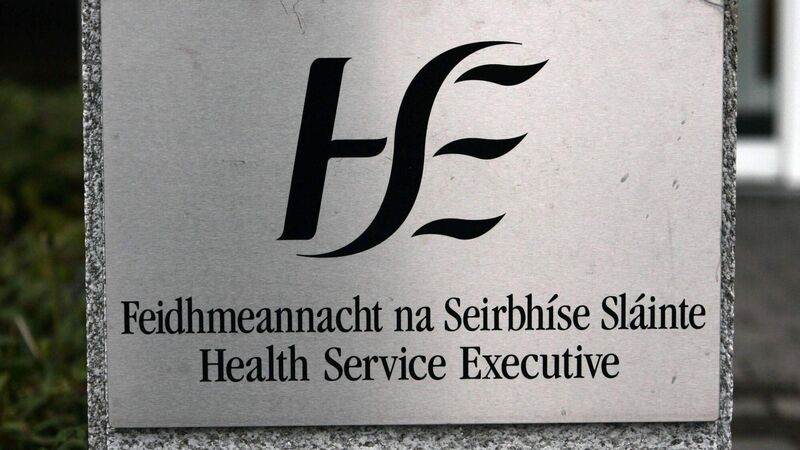HSE runs €26m over-budget on 10 capital projects in past five years

A spokesperson for the HSE said that, given the average increase for the 10 projects was 'within 15%', the larger expenditure 'would be within the normal contingency expectation'.
The HSE has run just under €26m over-budget in total on just 10 large-scale projects over the past five years, according to new figures.
The health service has incurred expenditure of €242.95m on the 10 capital infrastructure projects approved since 2020, the numbers released by the Department of Health show.
However, those projects were initially approved at a contract value of €217.1m — some €25.9m less than the finalised expenditure for the projects.
The news comes after a difficult couple of years for the Department of Health in terms of budgeting. In October 2023 the overall health budget — typically the second largest in the State — was underfunded in the country’s budget to the tune of more than €1.3bn — a direct response on the part of the Department of Public Expenditure to years of budgetary overruns within the health service.
That underfunding led to the HSE imposing an immediate moratorium on recruitment meaning that hundreds of positions in the service went unfilled in the 10 months following that budget.
While that funding was broadly restored in last October’s budget, the new capital project figures suggest that issues of working within budgetary constraints still exist for the HSE.
The numbers — provided to Social Democrats TD Aidan Farrelly in response to a parliamentary question regarding the funding of large-scale projects — detail 10 projects completed since 2020 which were priced at their inception as likely to cost more than €10m.
Nine of the 10 projects ran over-budget, with three of them running more than 15% above their initial projected costings.
One of those projects involved the construction of a ward block at the Mater Hospital in Dublin, which when first approved in November of 2020 was slated to cost €58.5m, but which eventually incurred expenditure, excluding Vat, of €68.3m.
A contract award for the development of a 50-bed community nursing unit to replace St Conlon’s Nursing Home in Nenagh in Tipperary meanwhile was budgeted at inception in February 2021 for €14.8m, but the final cost €18.1m.
The sole project to run under budget was a contract awarded for the development of a 60-bed extension at St Mary’s community nursing unit at Gurranabraher in Cork. The HSE initially said it had run €5m over-budget upon completion in late 2022, but subsequently delivered revised figures indicating it had in fact come in €200,000 under projections, at a final cost of €20.7m.
Mr Farrelly said it is “extremely disappointing to see capital projects in the health system running over”, noting that the “standout projects” were the Mater and Nenagh developments, which ran 17% and 22% over budget respectively.
“It would be interesting to review the paper trail for the schedule of projects provided in the context of award values and final values given the HSE board signed off on the spending,” Mr Farrelly said.
“I am as eager as most of us to see what the Minister for Public Expenditure brings to the table on curbing financial overruns on capital projects now that infrastructure forms part of that brief," he added.
A spokesperson for the HSE, asked whether the overruns would be seen as being within acceptable parameters, said that given the average increase for the 10 projects was “within 15%” that the larger expenditure “would be within the normal contingency expectation for the project (sic) of this scale and complexity”.
They added that the “majority of these contracts were carried out during a period of hyperinflation”, adding that when ex gratia payments of €7.5m made to contractors to counter that inflation are excluded from the total costs then “the increases are within 11% of the original contract award”.
Under the Government’s capital works management framework “the contract figure is not a fixed price”, the spokesperson said, adding that allowances for potential “scope changes” resulting from poor weather or inflation may be included.





